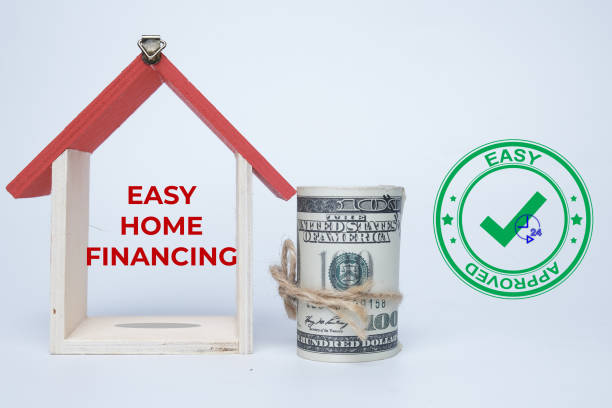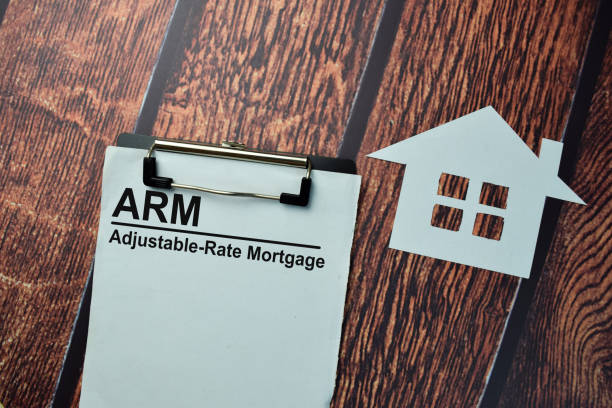One of the most common questions homebuyers have is how much they need for a down payment. While many people assume they need 20% of the home’s purchase price, the reality is that there are a variety of down payment options, and the amount you need depends on several factors, including your financial situation, loan type, and long-term goals. Understanding your down payment options can help you make an informed decision, balance upfront costs, and set yourself up for successful homeownership. Here’s a closer look at the most common down payment options, the pros and cons of different down payment amounts, and what might work best for you.
1. Traditional 20% Down Payment
The 20% down payment is often considered the “gold standard” for homebuyers, and for a good reason. By putting down 20%, you avoid private mortgage insurance (PMI), which lenders require on most conventional loans with lower down payments. PMI can add a significant amount to your monthly mortgage payment and doesn’t go toward building equity, so avoiding it can save you money.
Pros of a 20% Down Payment
- Avoids PMI: With a 20% down payment, you won’t need to pay for PMI, which can save you hundreds of dollars a month, depending on the loan amount.
- Lower Monthly Payments: A larger down payment reduces the loan balance, which results in lower monthly payments.
- Builds Equity Faster: Starting with a larger amount of equity gives you a head start on building long-term wealth in your home.
Cons of a 20% Down Payment
- High Upfront Cost: Saving 20% of a home’s purchase price can be challenging, especially in high-cost housing markets.
- Depletes Savings: For some buyers, putting down 20% might leave them with little or no savings left for emergencies or other expenses.
A 20% down payment can be a good goal if you’re financially prepared, but it’s not a requirement for everyone, especially if you want to get into a home sooner.
2. Conventional Loan with Less Than 20% Down
For many buyers, especially first-time buyers, saving 20% is a stretch. Fortunately, conventional loans are available with down payments as low as 3%, especially for first-time or low-to-moderate-income buyers. With a conventional loan and a lower down payment, you will likely have to pay PMI, but it’s possible to cancel PMI once you reach 20% equity, either through regular payments or market appreciation.
Pros of a Smaller Down Payment (3% to 10%)
- Makes Homeownership More Accessible: Lower down payment options make it easier to get into a home sooner without the need to save a large amount of cash.
- Keeps Cash for Other Needs: You can retain more of your savings for future home repairs, emergencies, or other financial goals.
- Flexibility with PMI Removal: PMI can be canceled on conventional loans once you reach 20% equity, making it a temporary cost rather than a long-term expense.
Cons of a Smaller Down Payment
- PMI Costs: PMI will increase your monthly mortgage payments until you reach 20% equity.
- Higher Monthly Payments: With a lower down payment, you’ll borrow more, which means higher monthly mortgage payments.
For buyers who want to start building equity without waiting to save a larger down payment, putting down less than 20% on a conventional loan is a viable option, especially with the flexibility to cancel PMI later on.
3. FHA Loan Down Payment (3.5%)
An FHA loan, backed by the Federal Housing Administration, is designed to help buyers with lower credit scores or limited savings for a down payment. FHA loans require a minimum down payment of 3.5% for buyers with a credit score of 580 or higher. For those with credit scores between 500 and 579, a 10% down payment is required.
Pros of an FHA Loan
- Low Down Payment Requirement: A 3.5% down payment makes homeownership achievable for buyers without large savings.
- Lenient Credit Requirements: FHA loans are more forgiving of lower credit scores, which can make it easier to qualify.
- Competitive Interest Rates: FHA loans often come with attractive interest rates, making monthly payments more affordable.
Cons of an FHA Loan
- Mortgage Insurance Premiums (MIP): FHA loans require both an upfront mortgage insurance premium and monthly MIP payments, which last for the life of the loan if the down payment is less than 10%.
- Property Requirements: FHA loans have specific property requirements, so not all homes will qualify, which may limit your options.
FHA loans are a great option for first-time buyers or those with lower credit scores who may not qualify for a conventional loan, though it’s essential to consider the long-term costs of MIP.
4. VA Loan (No Down Payment Required)
VA loans are available to eligible veterans, active-duty military members, and certain members of the National Guard and Reserves. Backed by the Department of Veterans Affairs, VA loans require no down payment and don’t require PMI, which makes them one of the most favorable loan options.
Pros of a VA Loan
- No Down Payment Required: VA loans allow eligible borrowers to finance 100% of the home’s purchase price, making homeownership accessible without upfront savings.
- No PMI: Unlike most other loans with low or no down payments, VA loans don’t require PMI, which reduces monthly costs.
- Competitive Interest Rates: VA loans typically offer lower interest rates than conventional loans, making them more affordable.
Cons of a VA Loan
- VA Funding Fee: VA loans require a funding fee, which varies based on factors like down payment amount and whether it’s the borrower’s first VA loan. The fee can be financed into the loan, but it’s an additional cost to consider.
- Limited to Eligible Borrowers: VA loans are only available to those with military eligibility, so not all buyers qualify.
For eligible buyers, VA loans are one of the best options, with no down payment required, no PMI, and favorable interest rates, making homeownership highly accessible.
5. USDA Loan (No Down Payment Required)
USDA loans are offered through the United States Department of Agriculture and are available to borrowers in designated rural or suburban areas. Like VA loans, USDA loans require no down payment, but they have income limits and location restrictions.
Pros of a USDA Loan
- No Down Payment Requirement: USDA loans allow eligible buyers to finance the entire purchase price, making it easier to buy a home with limited savings.
- Lower Mortgage Insurance Costs: While USDA loans require mortgage insurance, the rates are typically lower than those for conventional loans with low down payments.
- Accessible for Rural and Suburban Buyers: USDA loans can make homeownership more achievable in qualifying areas, particularly for low- to moderate-income buyers.
Cons of a USDA Loan
- Location Restrictions: USDA loans are limited to specific rural and suburban areas, so buyers in urban locations are not eligible.
- Income Limits: USDA loans have income caps, which may disqualify higher earners.
For buyers in eligible rural or suburban areas, USDA loans can make homeownership possible without a down payment, though it’s essential to verify eligibility based on location and income.
How to Choose the Right Down Payment Option for You
Choosing the right down payment option comes down to your financial situation, homeownership goals, and long-term plans. Consider the following when deciding:
- Your Savings: Evaluate your available savings and how much you’re comfortable using for a down payment without depleting your emergency fund.
- Monthly Budget: Consider the impact of PMI or MIP on your monthly payments, as well as the effect of a lower down payment on your mortgage balance.
- Eligibility: Determine which loan types you qualify for, such as VA, FHA, or USDA loans, to see if they offer benefits that fit your needs.
Final Thoughts
The right down payment amount depends on your financial circumstances, credit profile, and homeownership goals. While a 20% down payment can help avoid PMI and reduce monthly costs, other options—like FHA, VA, or USDA loans—provide pathways to homeownership with less upfront cash. By weighing the pros and cons of each down payment option, you can find the one that best aligns with your financial situation and paves the way to affordable and successful homeownership.

